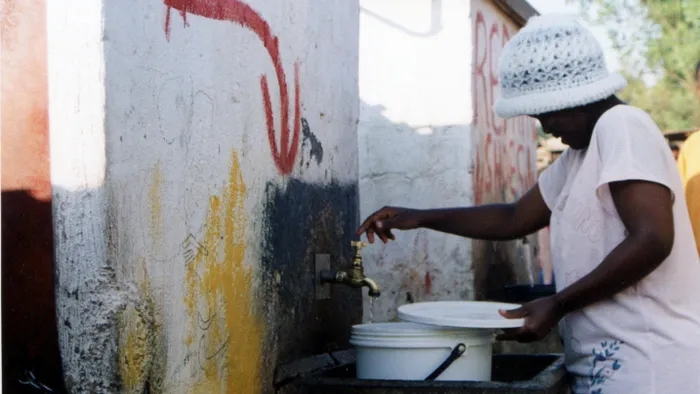Less households get free basic services as municipalities tighten the tap

The number of South African households receiving free basic services is declining steadily, with the sharpest drops seen in access to free water, electricity, and sanitation.
Image: Nicola Mawson
The number of South African households receiving free basic services is declining steadily, with the sharpest drops seen in access to free water, electricity, and sanitation.
New data from Statistics South Africa shows that, while more consumer units are being serviced overall, fewer are receiving these services free of charge, which is a trend that is mostly being driven largely by budget constraints and more stringent targeting of indigent households.
The Free Basic Services policy, introduced in 2001, was designed to ensure that the poorest South Africans have access to essential municipal services. Over time, it expanded to include water, electricity, sanitation, and refuse removal. Municipalities are responsible for rolling out these services and determining which households qualify, based on locally defined indigent criteria, Statistics South Africa explained.
Statistics South Africa’s “Non-financial census of municipalities” report shows a shift. In 2023, 15.8 million consumer units received water services, up from 15.3 million in 2022. Yet only 16% of those received the service for free, down from 17% the year before.
The same pattern emerged in electricity and sewerage coverage, where the proportion of free services also fell, Statistics South Africa found. Solid waste removal was the outlier as both access and free service coverage saw a small increase, with 16.8% of households receiving it at no cost.
This recent dip is part of a downward trajectory as, in 2014, 38% of households receiving water got it free; by 2023, that figure had plummeted to 16%, the agency’s data showed. Sewerage and sanitation followed suit, dropping from 31% to 16% over the same period. Even electricity coverage has declined in many regions, although KwaZulu-Natal increased free electricity provision from 14% to 16% since 2014, Statistics South Africa indicated.
The reasons behind the decline are complex but largely economic. Municipalities are facing tighter budgets and rising service demands, prompting a more targeted approach, it found.
Where previously some municipalities extended benefits to all residents, today most reserve free services for those officially registered as indigent. Informal settlement growth has added pressure to already stretched municipal systems, Statistics South Africa said.
There’s also a bureaucratic hurdle as indigent households must apply and regularly renew their status to keep receiving benefits. Many are unaware of this requirement or lack the resources to complete the process, which means otherwise eligible households missing out.
Some municipalities still stand out for high levels of coverage. In Northern Cape, Hantam Local Municipality reports 93% of consumer units receiving free water and sanitation. Khâi-Ma (Northern Cape), uMuziwabantu (KwaZulu-Natal), and Siyancuma (Northern Cape) also show significantly higher-than-average free service coverage. But these are exceptions rather than the rule, Statistics South Africa found.
IOL
Related Topics: